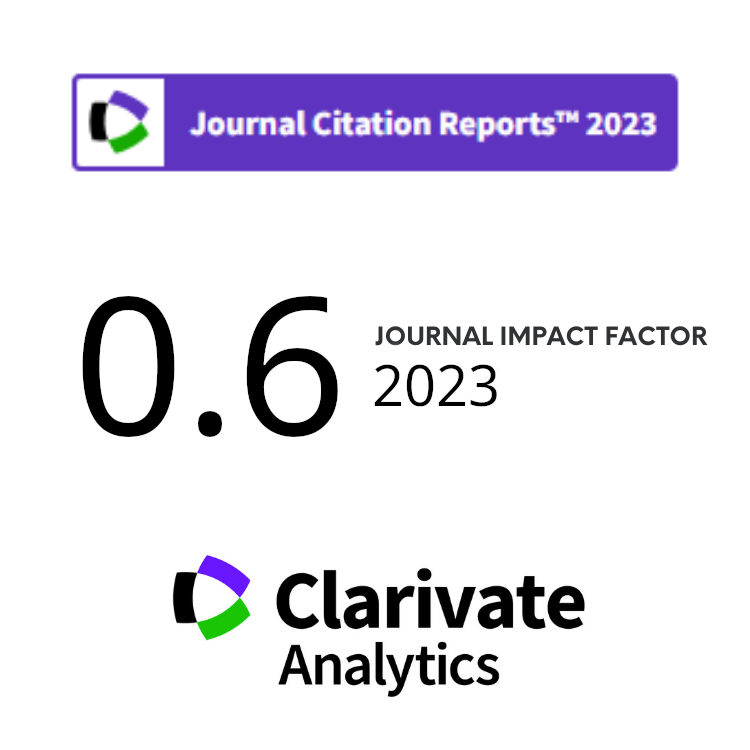The Impact of Different Light-Reflecting Materials Compositions of (LaBr3:Ce) Scintillation Detector on Spent Nuclear Fuel Gamma Spectrum
Abstract
Keywords
Full Text:
PDFReferences
H. Syaeful, I.G. Sukadana et al., Atom Indones. 40 (2014) 33.
S. G. Crystal, Scintillation Products Technical Note: BrilLanCeTM Scintillators Performance Summary, Saint-Gobain Crystal, Ohio (2016).
K. Ciupek, S. Jednoróg, M. Fujak et al., J. Radioanal. Nucl. Chem. 299 (2014) 1345.
B. D Milbrath, B. J. Choate, J. E. Fast et al., Nucl. Instrum. Methods Phys. Res., Sect. A, 572 (2007) 774.
B. Löher, D. Savran, E. Fiori et al., Nucl. Instrum. Methods Phys. Res., Sect. A, 686 (2012) 1.
A. Dreschera , M. Yohoa, S. Landsbergera et al., Development of LaBr3:Ce Scintillation Detectors for a Gamma-Gamma Coincidence System with Applications in Spent Nuclear Fuel, The University of Texas at Austin Nuclear Engineering Teaching Laboratory Pickle Research Campus R-9000 Austin, TX 78712, USA (2016).
J. Navarro, T. A. Ring and D. W. Nigg, Nucl. Data Sheets 118 (2014) 571.
A. Y. Vorob’ev, V. A. Petrov, V. E. Titov et al., Thermophysical Properties of Materials, 45 (2007) 19.
V. A. Baranov, V. V. Filchenkov, A. D. Konin et al., Nucl. Instrum. Methods Phys. Res., Sect. A, 374 (1996) 335.
P. S. Sokolov, D. A. Komissarenko, S. K. Belus et al., Opt. Mater. 108 (2020) 110393.
N. Uchida, H. Takahashi, M. Ohno et al., Nucl. Instrum. Methods Phys. Res., Sect. A, 986 (2021) 164725.
M. Janecek and W. W. Moses, IEEE Trans. Nucl. Sci. 55 (2008) 2432.
L. Stuhl, A. Krasznahorkay, M. Csatlós et al., J. Phys. Conf. Ser. 665 (2016) 012050.
F. C Dias, M. S. Grund, G. Renha Jr. et al., The Use of Lanthanum Bromide Detectors for Nuclear Safeguards Applications, International Nuclear Atlantic Conference (2009).
D. Reily, N. Ensslin, H. Jr. Smith et al., Passive Nondestructive Assay of Nuclear Materials, NUREG/CR-5550, US-NRC (1991).
M. Tarvainen, F. Levai, T. E. Valintine et al., NDA Techniques for Spent Fuel Verification And Radiation Monitoring, Report on Activities 6a and 6b of Task JNT C799 (SAGOR) Finnish Support Programme to the IAEA Safeguards, STUK-YTO-TR-133 (1997).
DOI: https://doi.org/10.55981/aij.2024.1421
Copyright (c) 2024 Atom Indonesia

This work is licensed under a Creative Commons Attribution-NonCommercial-ShareAlike 4.0 International License.












